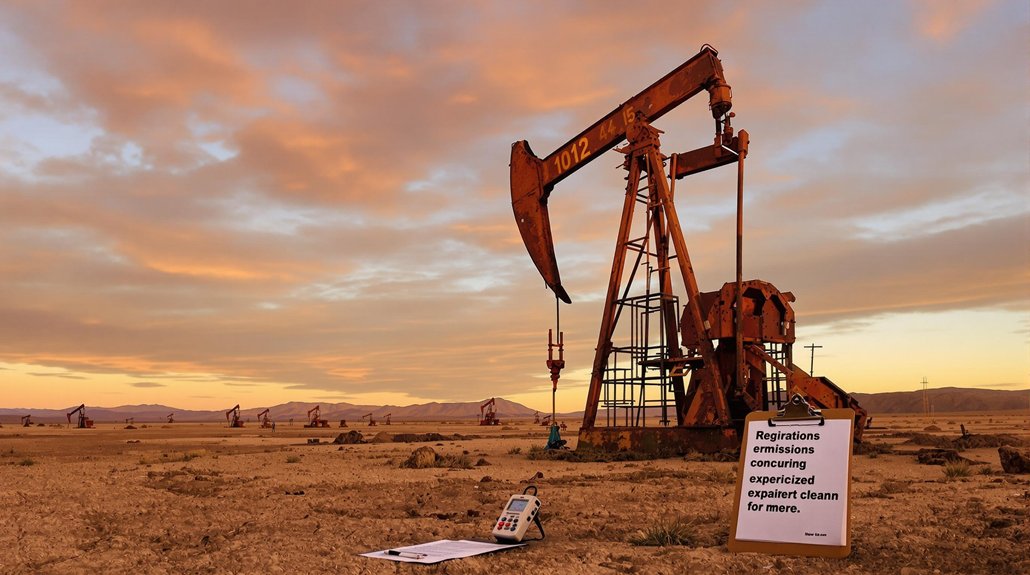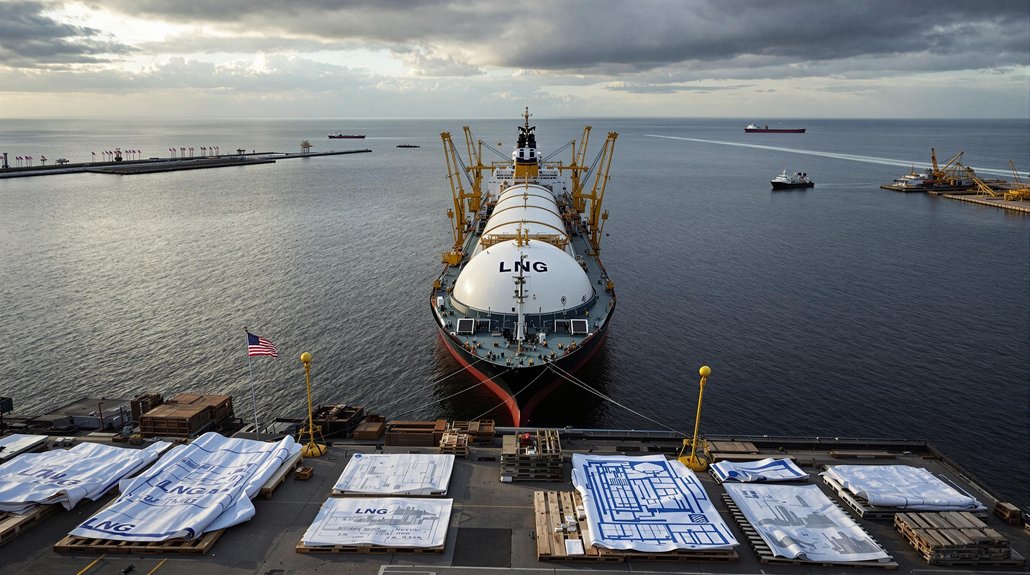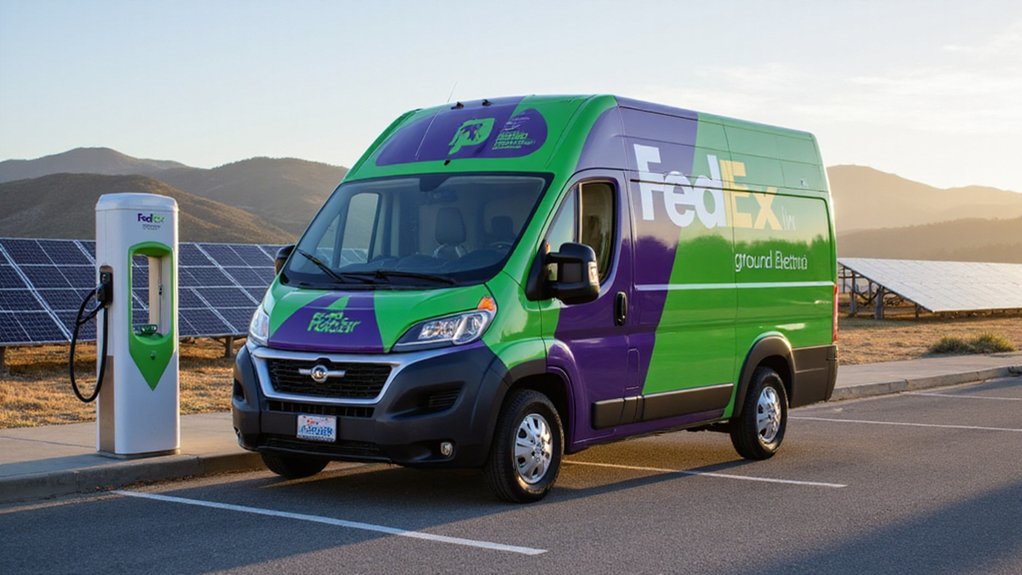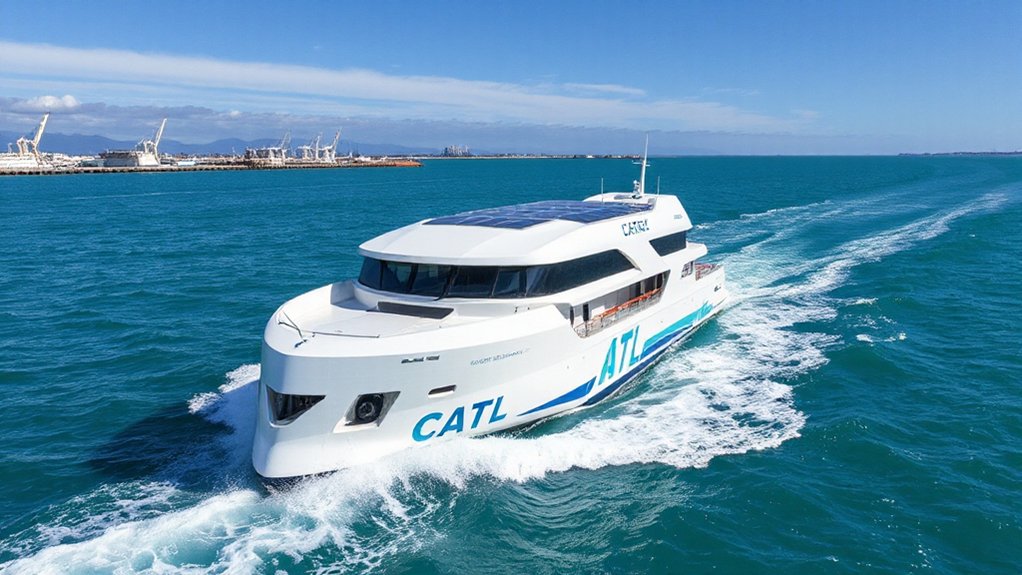While the global shipping industry races to meet new emissions rules, ammonia is emerging as a groundbreaking marine fuel option. As of June 2025, shipowners have ordered 146 ammonia-fueled vessels and announced 239 ammonia-ready vessels. This marks a significant change toward cleaner maritime transport.
The market is growing quickly. In just the latest quarter, 16 new ammonia-fueled and 14 ammonia-ready vessels were added to order books. Among the 64 ordered ammonia-fueled ships, 29 are ammonia carriers and 29 are bulk carriers. The first of these vessels will begin operations in 2026-2027.
Engine technology has advanced rapidly. Major manufacturers like MAN Energy Solutions, WinGD, and Wärtsilä have made progress on ammonia engines in 2024. Full-scale tests show these engines can meet strict emissions standards. NOx levels are already below IMO Tier II requirements without special equipment. With DeNOx systems, they can meet the stricter Tier III rules.
Safety remains a top priority. In December 2024, the IMO approved interim guidelines for using ammonia as marine fuel. These guidelines address key safety concerns like restricting hazardous spaces, minimizing releases, and creating safe havens onboard. DNV, a major classification society, has also issued safety recommendations covering crew training and emergency procedures. The toxicity of ammonia has raised public safety concerns that continue to challenge wider adoption despite technological advances.
Bunkering infrastructure is expanding. In April 2025, the Port of Rotterdam demonstrated ship-to-ship ammonia bunkering. Similar transfers have occurred in ports worldwide, including Ngqura, Pilbara, Dalian, Yokohama, and Singapore.
Policy changes are supporting this transformation. The IMO has established an emissions pricing mechanism for global shipping, covering about 85% of international CO2 emissions. EU measures in 2024-2025 have improved the economics for low-carbon ammonia.
Ammonia’s zero-carbon combustion profile (it produces no CO2 when used) makes it attractive as regulations tighten. With 30 ammonia-ready vessels already operational since early 2022, the maritime industry’s ammonia evolution is well underway. Small-scale supply vessels like tug boats have served as the first operational references for this emerging technology.
References
- https://ammoniaenergy.org/lead/vessels/
- https://chemicalmarketanalytics.com/insights/ammonia-as-a-marine-fuel-the-state-of-play-heading-into-2025/
- https://ammoniaenergy.org/wp-content/uploads/2025/06/AEA-LEAD-Vessels-Executive-Summary-June-2025.pdf
- https://chemicalmarketanalytics.com/wp-content/uploads/2025/01/Ammonia-blog-2025Jan-v1.pdf
- https://www.yara.com/news-and-media/news/archive/2025/unlocking-the-safe-use-of-ammonia-as-marine-fuel/








